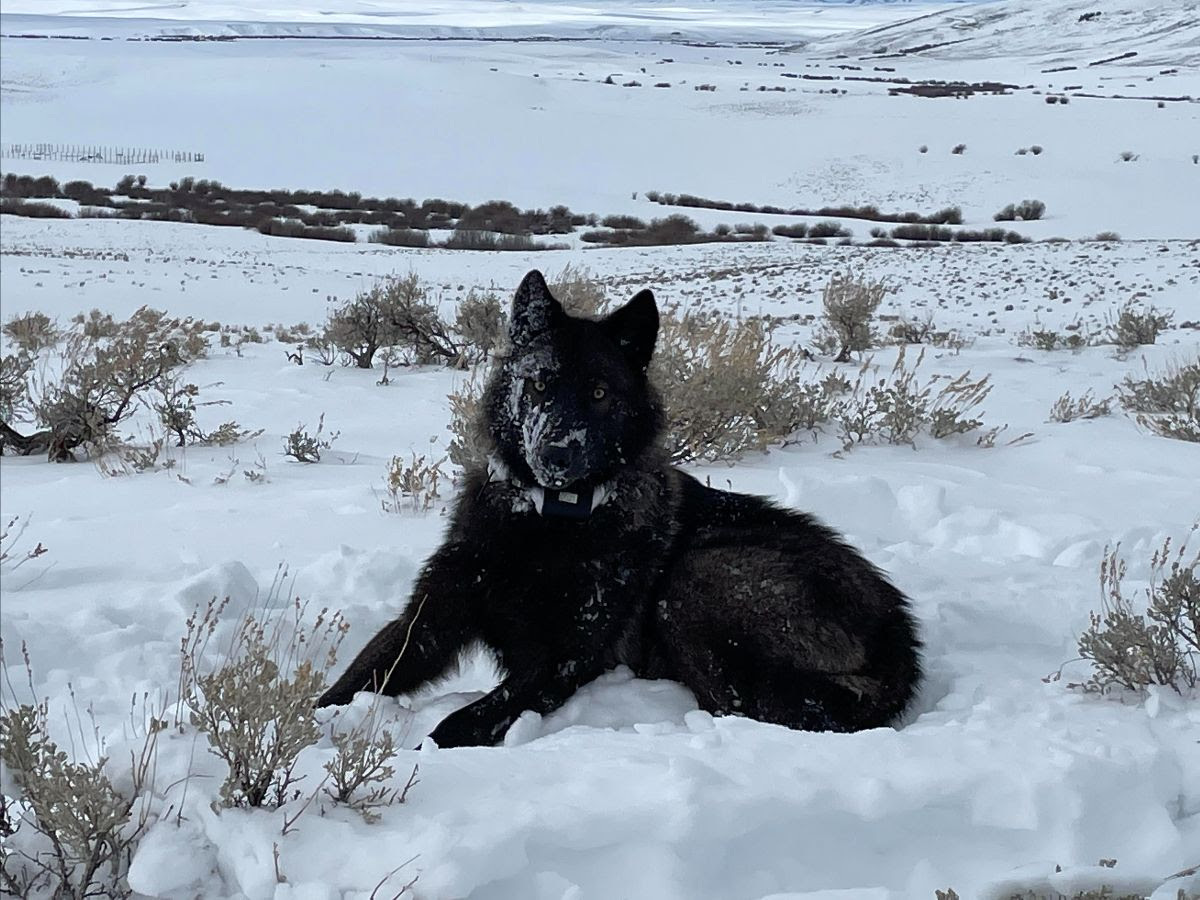
A federal judge restored endangered species protections for gray wolves across most of the lower 48 states on Thursday, reversing a Trump administration decision to remove the safeguards and hand wolf management to state wildlife agencies.
The decision has complicated legal implications in Colorado. In 2020, the state became the first where voters, not wildlife managers, mandated the reintroduction of the apex predators. The lack of federal protections meant the state didn't need permission from the U.S. Fish and Wildlife Service to carry out a requirement to release the species on the Western Slope by the end of 2023.
Under the new ruling, Colorado will lose its jurisdiction over wolves already living in the state. That comes as new arrivals have not just bred but also killed several cows and a dog in Jackson County.
To sort through the hairy mess of laws and biology, here's a quick rundown of what the recent court decision means for Colorado wolves and the state's plans to release more of them.
Why did a federal judge restore endangered species protections for gray wolves?
After the Trump administration delisted wolves across all lower-48 states, a coalition of environmental groups sued the U.S. Fish and Wildlife Service to restore the protections. Their lawyers asserted the species continued to face significant threats across their historical range, especially as northern Rockies states approved aggressive wolf hunting.
The Biden administration defended the delisting effort in court. On Thursday, U.S. District Judge Jeffery White found the federal government had failed to prove wolf populations in the Midwest and parts of the West could sustain themselves without endangered species protections.
The decision does not apply in all of the continental U.S. Wolves remain under state jurisdiction in Wyoming, Montana, Idaho and parts of adjacent western states after Congress exempted the area from federal protection in 2011.
Since Colorado is not included in the region, Colorado Parks and Wildlife no longer has direct control over the state's small but growing wolf population.
If wolves are now under federal protection, will Colorado continue with its plans to reintroduce the predators?
Yes. Colorado Parks and Wildlife spokesperson Travis Duncan said state biologists will keep working toward the goals laid out in Proposition 114, the ballot initiative Colorado voters narrowly approved in 2020. It requires "paws on the ground" somewhere on the Western Slope by the end of 2023.
There’s one big difference now: Those plans need permission from the federal government.
"While CPW will continue its planning efforts to meet the deadlines directed by statute, reintroduction will require close partnership with the U.S. Fish and Wildlife Service," Duncan wrote in an emailed response. "Their permitting requirements and processes will need to be followed as they are assuming management control of the species in Colorado."
Will the federal government allow Colorado to continue its wolf reintroduction work?
That's what environmental groups want. The U.S. Fish and Wildlife Service does allow special designations for "experimental populations" under the Endangered Species Act. If Colorado is granted the designation, it could assist the federal government with wolf management. Tom Delehanty, an associate attorney for the environmental group Earthjustice, said the program could be one way Colorado can stick to its plans to reintroduce the predators.
"If Governor Polis is proactive, it should be pretty straightforward for the federal government to issue a permit like that," Delehanty said.
Mike Phillips, a wolf biologist and director of the Turner Endangered Species Fund, an animal conservation group, added the legal structure has been a standard part of earlier reintroduction efforts. Since the 1980s, wolves have been released in Idaho, Wyoming, Arizona, New Mexico and the Carolinas as "experimental populations."
"There's nothing new here. Matter of fact, this is a more well-known path to progress than Colorado doing it on its own," Phillips said.
What about wolves already living in Colorado? Is the state still in charge of managing those animals?
With the federal protections restored, Colorado no longer has any jurisdiction over gray wolves already living in the state. All wolf management decisions now belong to the U.S. Fish and Wildlife Service.
That shift comes after a pack recently established itself north of Steamboat Springs. On Wednesday, state biologists attached a tracking collar to a female wolf pup born in the area. Under the new court decision, state wildlife teams now can’t legally capture other wolves without federal permission.
Duncan with Colorado Parks and Wildlife said the state has no immediate plans to collar more wolves since the animals are about to hit their breeding season. State biologists plan to work with federal colleagues on any similar efforts in the future.
Can ranchers protect their livestock under the federal protections?
That's not clear yet, but probably not. After wolves killed several cows and a dog in Jackson County, the Colorado Parks and Wildlife Commission approved emergency rules authorizing “hazing” of wolves. The policy allowed ranchers to use nonlethal tools and methods to scare wolves away from livestock, including sound cannons and rubber bullets.
The federal Endangered Species Act effectively blocks those state hazing rules. If ranchers feel the need to scare away wolves, Duncan said they should contact regional U.S. Fish and Wildlife offices in Denver or Grand Junction.
"Tools such as rubber buckshot, cracker shells and other projectile tools should no longer be used until clear direction from [U.S. Fish and Wildlife] is provided," Duncan said.









